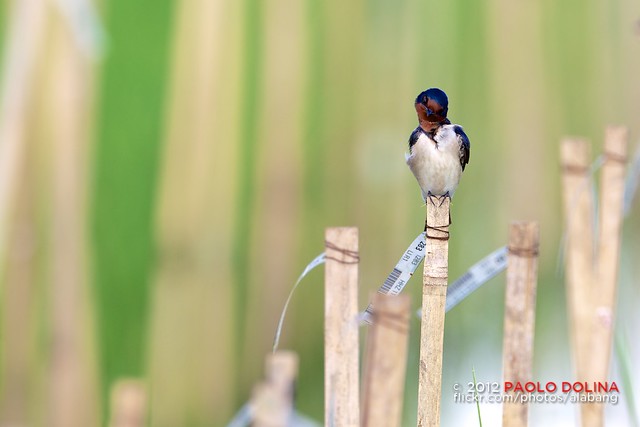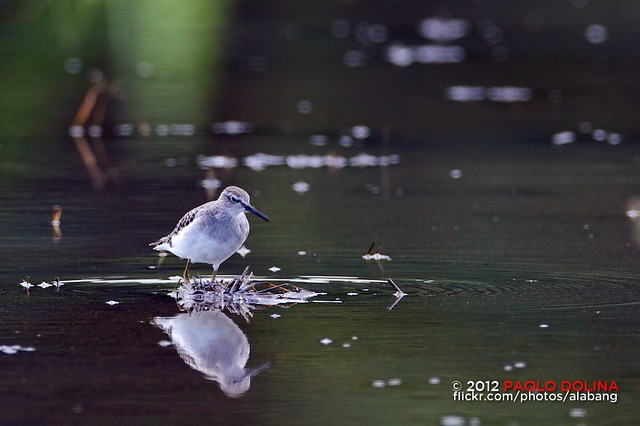way blema bro, hehehehe...maypa jurong bird park kay klaro pa...naa ra ba contest ang bird park karon.
Results 581 to 590 of 1262
Thread: Bird photography
-
08-20-2012, 05:59 PM #581
 Re: Bird photography
Re: Bird photography
-
08-20-2012, 06:05 PM #582
-
08-20-2012, 07:37 PM #583
 Re: Bird photography
Re: Bird photography
check dri bro:
Jurong Bird Park *-**What's Up
-
08-20-2012, 08:54 PM #584
-
08-21-2012, 05:03 AM #585
 Re: Bird photography
Re: Bird photography
Nahan sad nuon ko mag bird photography da!
 unusual kaayo na naay closeup pics sa birds. Kudos mga master!
unusual kaayo na naay closeup pics sa birds. Kudos mga master!
-
08-22-2012, 11:25 PM #586
-
09-14-2012, 02:57 PM #587
 Re: Bird photography
Re: Bird photography
Great images everyone!

Hill Swallow (Hirundo tahitica) by alabang, on Flickr
The Pacific Swallow or Hill Swallow (Hirundo tahitica) is a small passerine bird in the swallow family. It breeds in tropical southern Asia from southern India and Sri Lanka across to south east Asia and the islands of the south Pacific. It is resident apart from some local seasonal movements. This bird is associated with coasts, but is increasingly spreading to forested uplands.
This species is a small swallow at 13 cm. It has a blue back with browner wings and tail, a red face and throat, and dusky underparts. It differs from Barn Swallow and the closely related Welcome Swallow in its shorter and less forked tail.
The Pacific Swallow builds a neat cup-shaped nest, constructed with mud pellets collected in the beak, under a cliff ledge or on a man-made structures such as a building, bridge or tunnel. The nest is lined with softer material, and the clutch is two to three eggs, up to four in Sri Lanka. It is similar in behaviour to other aerial insectivores, such as other swallows and the unrelated swifts. It is a fast flyer and feeds on insects, especially flies, while airborne.
Source: Pacific Swallow - Wikipedia, the free encyclopedia
-
09-14-2012, 03:39 PM #588
 Re: Bird photography
Re: Bird photography
my share:

kurokukuk
-
09-17-2012, 07:28 AM #589
 Re: Bird photography
Re: Bird photography
^^
Zebra Dove - Wikipedia, the free encyclopedia

Wood Sandpiper (Tringa glareola) by alabang, on Flickr
It resembles a longer-legged and more delicate Green (T. ochropus) or Solitary Sandpiper (T. solitaria) with a short fine bill, brown back and longer yellowish legs. It differs from the first of those species in a smaller and less contrasting white rump patch, while the Solitary Sandpiper nas no white rump patch at all.[1]
However, it is not very closely related to these two species. Rather, its closest relative is the Common Redshank (T. totanus), and these two share a sister relationship with the Marsh Sandpiper (T. stagnatilis). These three species are a group of smallish shanks with red or yellowish legs, a breeding plumage that is generally subdued light brown above with some darker mottling and with a pattern of somewhat diffuse small brownish spots on the breast and neck.
Source: Wood Sandpiper - Wikipedia, the free encyclopedia
-
09-18-2012, 04:20 PM #590
 Re: Bird photography
Re: Bird photography

Streaked Fantail Warbler (Cisticola juncidis) by alabang, on Flickr
The Zitting Cisticola or Streaked Fantail Warbler (Cisticola juncidis), is widely distributed Old World warbler whose breeding range includes southern Europe, Africa outside the deserts and rainforest, and southern Asia down to northern Australia. A small bird found mainly in grasslands, it is best identified by its rufous rump, lacks any gold on the collar and the brownish tail is tipped with white. During the breeding season, males have a zigzagging flight display accompanied by regular "zitting" calls that has been likened to repeated snips of a scissor. They build their pouch nest suspended within a clump of grass.
Source: Zitting Cisticola - Wikipedia, the free encyclopedia
Advertisement
Similar Threads |
|





 Reply With Quote
Reply With Quote




